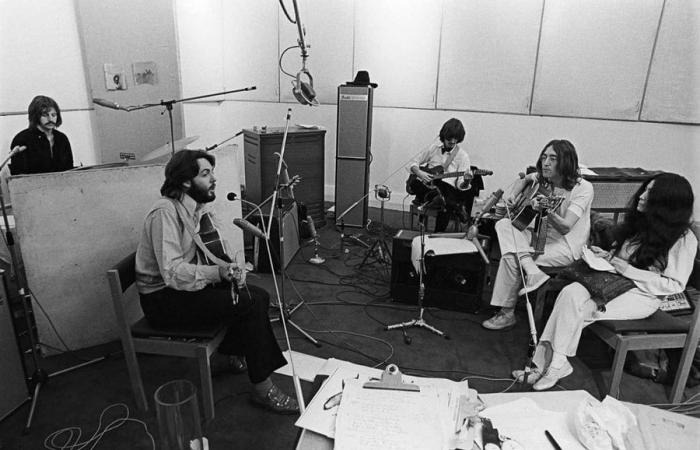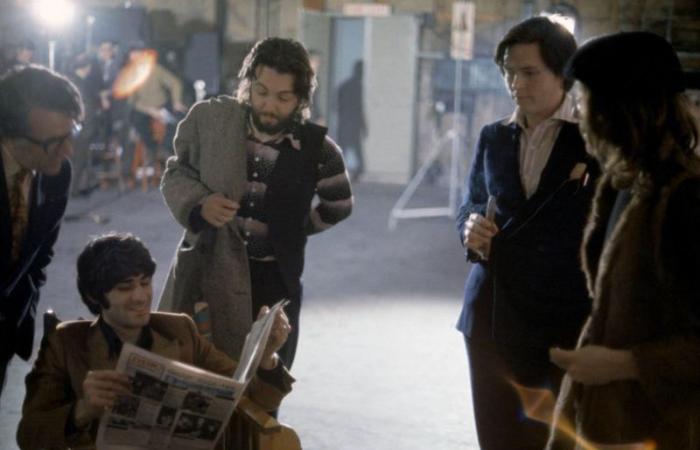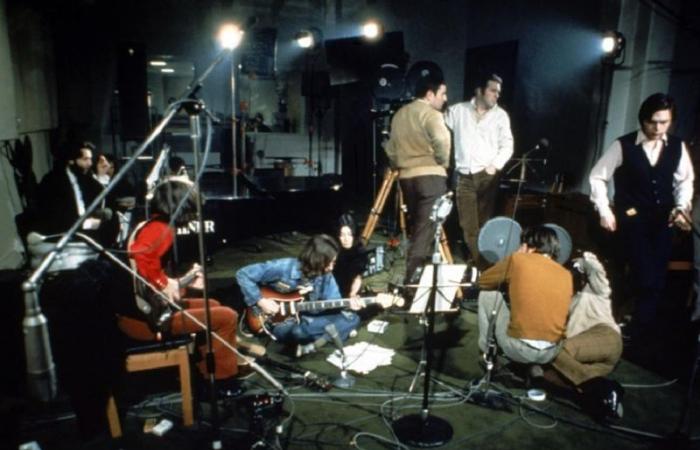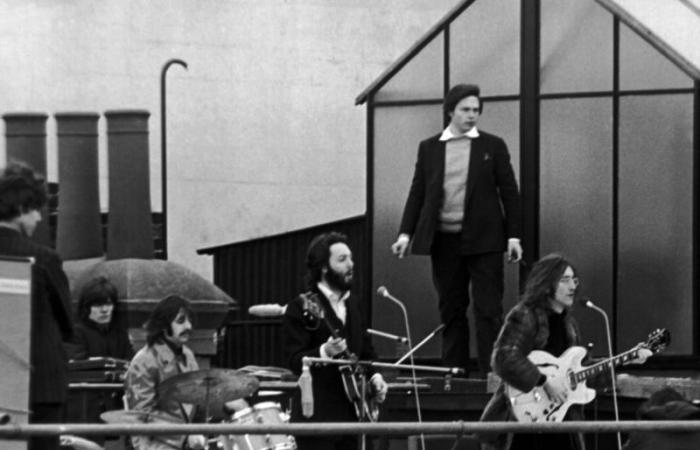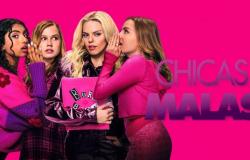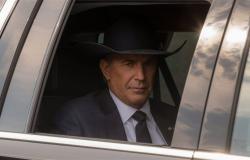When director Michael Lindsay Hogg (New York, 1940) answered the phone, he could barely hide his surprise upon noticing that on the other side of the line they were requesting it from the office that worked with The Beatles. At the time, he was a young man making a name for himself in the bustling television industry for bringing rock stars to the screen.
“In London I used to run a rock and roll show on live television, Ready Steady Go. The Rolling Stones, The Who, The Kinks and the Yardbirds They were frequent artists. The Beatles used to watch it, they didn’t do live appearances on television anymore because there were too many hassles and security issues,” Lindsay-Hogg recalls to Worship.
If we have to talk about names that united rock and roll and cinema, Michael Lindsay-Hogg is an inescapable. Not only for directing Ready Steady Go, he also made several videos for the Stones and was in charge of the famous special The Rolling Stones Rock and Roll Circus. Likewise, he has directed concert films for artists such as Simon & Garfunkel, Neil Young, among others. In cinema, he has stood out for films such as object of seduction (1991), with Andie McDowell and John Malkovich in the leads.
May 1966 was a key moment in his career. The Beatles were about to release their new single, the optimistic Paperback Writerby McCartney, with the psychedelic Rain, by Lennon, on side B. Like every time they left the Abbey Road studio, the fans caused a commotion, they didn’t feel like going on TV to promote it. That’s when they called Lindsay-Hogg to finalize an idea.
“They asked me to come and discuss doing some promotions for them. The ‘promos’ were what videos, ‘promotional’ films, were known then.”, recalls the filmmaker. The idea was to shoot those ‘promos’, send them to TV stations around the world, and this way the musicians would avoid all the fuss. That is, something like today’s video clips and Lindsay-Hogg does not hesitate when asked if he considers himself a precursor. “I think that, no matter how it came about, being in the right place, at the right time and working with who I worked with, The Beatles, The Rolling Stones, The Who, I practically invented the Rock and Roll video.”
In that first experience, Lindsay-Hogg worked with The Beatles in two sets; On Thursday, May 19, 1966, he arrived at studio one at Abbey Road, and filmed them in sober black and white, dubbing Paperback Writer and Rain. The next day they recorded more material in full color, this time outdoors, in the old Chiswick House mansion, in west London. The director says that the latter were his favorite. “I liked the outdoor versions of Paperback Writer and Rain. She made me happy to get out of the confines of the studio.”
Those days sharing with the group forged a bond. It was not easy, because it is known that The Beatles were very reserved with their privacy. But Michael Lindsay-Hogg earned the consideration of those from Liverpool, who did not hesitate to call him when they had a project in hand. This happened a couple of years later, in 1968, when they decided to shoot other “promos”, this time for the songs Hey Jude and Revolution at Twickenham Studios. The first is remembered because the Fab Four were accompanied by a crowd to sing the long final chorus (that of “na na na naa, Hey Jude“). But that crowd, taken from the days of the happy sixties and the hangover of the “summer of love,” was prepared with great care.
“The crowd that sang in the video of Hey Jude was chosen on purpose -explains Michael Lindsay-Hogg to Worship-. Paul McCartney and I think that the long chorus of Hey Jude I needed something extra, we couldn’t just be with The Beatles for those 4 minutes. But we were picky about the composition of the crowd, we didn’t just want members of the fan club, but people who represented England as it was at that time in 1968: housewives, children, elderly people, the village postman and especially locals. colored, black and brown. England had changed a lot since the country was predominantly white. The Beatles had been born during the Second World War and the country was full of citizens of what was once the Commonwealth. So we especially wanted one or two people to wear the most elegant hat, the turban.”
Which of the Beatles did you feel closest to? Was there one you spoke to most often?
Over the years, I’ve gotten to know Paul better because after the Beatles ended, I made videos for Wings, including Mull of Kintyre, near his home in Scotland. He was also very fond of his first wife, Linda, despite how American she was. She was funny, smart and strong.
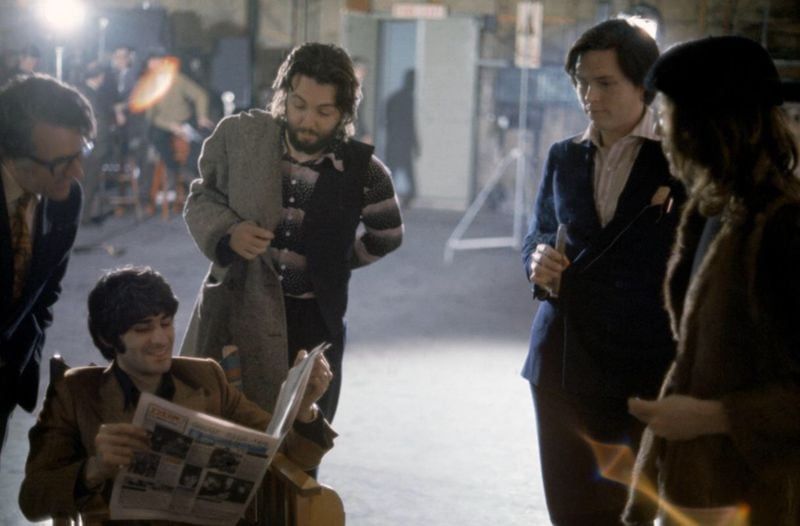
Dressed in a jacket, and with his inevitable cigar in his left hand, Michael Lindsay-Hogg arrived at Twickenham studios in the cold January 1969.. The Beatles had asked him to direct a television special, but after a few days of rehearsals marked by tension, which included the resignation (and return) of George Harrison to the group, the idea led to a documentary also directed by Lindsay-Hogg, the film Let it Bewhich was released in May 1970, just a few weeks after the announcement of the band’s separation.
During years, Let it Be It was an uncomfortable piece for The Beatles, precisely because it was linked to their final days. For this reason, it was only available in low-quality VHS and Blu Ray editions, which did not do the material justice. In 2021, director Peter Jackson took all the footage and worked on a new documentary series, Get Back, which in some way portrays the backstage of the original film. But this year it was finally available again in a restored version in image and sound, on the Disney+ platform.
“Let It Bewhich is now on Disney+, is the same movie that came out in 1970 -explains Lindsay-Hogg-. But the negative has been cleaned and formatted for streaming by Peter Jackson and his team in New Zealand, using the same technology he used to make Get Backthe wonderful 8-hour documentary that was made from extra footage I shot but didn’t use in the movie. Let It Be “It was always going to be released in theaters and have a duration of 80 or 90 minutes.”
Despite the aura of gloom and tension usually associated with the Twickenham sessions (later moved to Apple’s basement studio on Savile Row), Lindsay-Hogg says he noticed no major change in the work environment during those days. “The Beatles worked more or less the same wherever they were. They were trying to figure out what made a song better. “They liked the Apple studio because they liked the acoustics there better.”
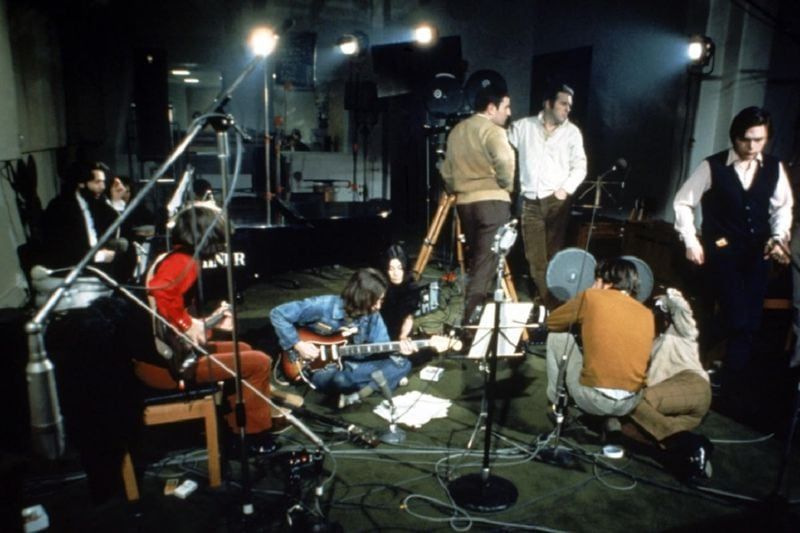
Did The Beatles ask you to cut any scenes from the film before releasing it? for example, the scene where Paul and George argue over a guitar solo.
The Beatles did not intervene in my edition. They didn’t ask for anything to be changed. The famous scene in which Paul and George talk about playing a guitar part that seemed to surprise audiences when the movie came out (Paul and George are fighting!), they saw as nothing more than an artistic discussion between two musicians. and friends, which could take place ten times a week, as happens in other art forms, film rehearsals, theater, etc.
Were you surprised by George Harrison’s resignation in the middle of filming?
No, I wasn’t really surprised when George dropped out of the sessions for about a week. He was frustrated that he couldn’t get Paul and John to pay as much attention to his songs as they did to theirs. But it had been like that since they were teenagers. Now, George knew that he too was a true composer, as History has proven. He didn’t surprise me when he came back either.

What is your favorite scene from Let it Be?
I love every scene in the movie and they are all there for a reason. But the rooftop concert is magical. The way they play with and for others, their joy and camaraderie, is truly very moving.
The concert sequence on the roof of the Apple building, filmed on January 30, 1969, on the penultimate day of filming, gave Lindsay-Hogg the ending he wanted for the film. For weeks he had insisted to the Beatles that they should also play in front of an audience, he even pitched them the idea of doing it in an ancient Roman amphitheater in Libya, but he managed to get them to go up to play on the roof.
It wasn’t easy, almost immediately the police were called from the nearby offices to put an end to that impromptu outdoor rock and roll session. And so some diligent bobbys arrived to request that they immediately end the bustle or they would be arrested.
“I thought they were all going to arrest us when the police showed up on the roof -recalls Michael Lindsay-Hogg-. They were serious and had a job to do, they reacted to complaints and did not want to make a fool of themselves. Mal (Evans, the group’s assistant) was arrested, but Paul managed to stop them from going any further. Once he was done, he was done.”
Paul McCartney will return to Chile for a concert at the end of this year, in your opinion, what explains the popularity of The Beatles’ music to this day?
The Beatles have lasted, and will continue to last, because they came into the world at the right time and because with their ‘happy’ songs and their serious or reflective or moving songs, they gave a lot to the world.

